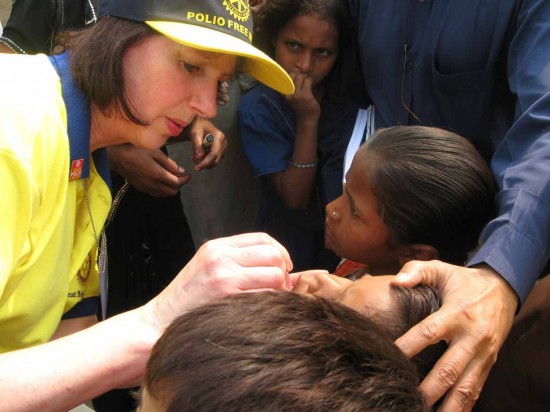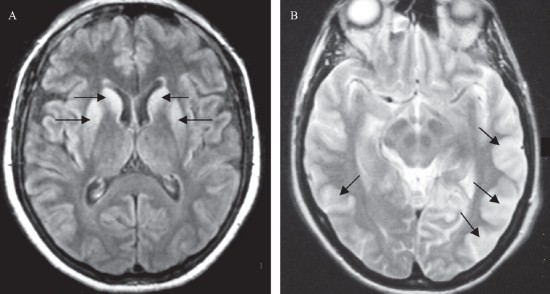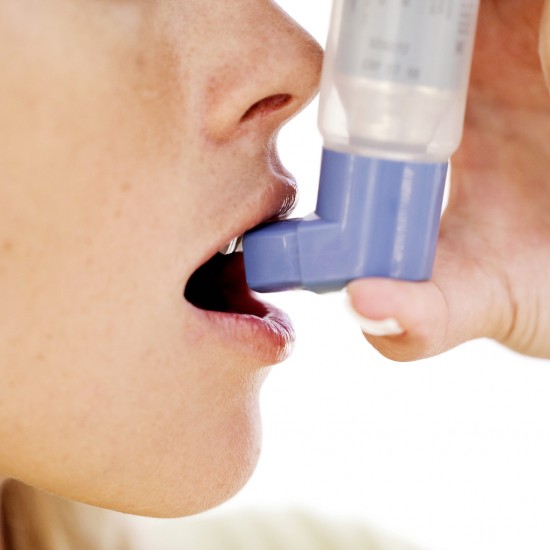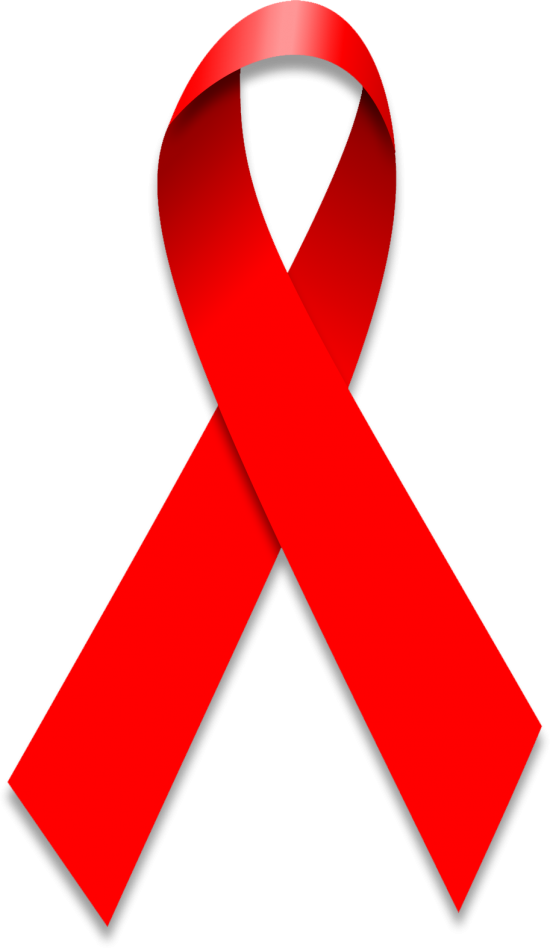Contemporary medicine has seen extreme advancement at controlling the a variety of diseases which are affecting human beings. But with all these advancement in science & technology and advance medication, treatments, there are range of diseases with no treatment. Here is the List of top 10 diseases which affects humans every year.
8. Polio
Polio, often called crippled polio, or paralysis, is an acute infectious viral disease and is spreading from one person to another, primarily through the fecal-oral route. Although about 90% of polio infections cause no symptoms at all, affected individuals may exhibit a variety of symptoms if the virus enters the blood stream. In about 1% of the cases, the virus enters the central nervous system, preferentially infecting and destroying motor neurons, leading to muscle weakness and acute flaccid paralysis. Type of paralysis can occur, depending on the nerves involved. Cord, polio was the most common form, characterized by asymmetric paralysis that most often involves the legs. Bulbar polio leads to weakness of muscles innervated by cranial nerves. Bulbospinal paralytic polio is a combination of bulbar and spinal
7. Creutzfeldt-Jakob disease
Creutzfeldt-Jakob disease (CJD) is a rare, degenerative, invariably fatal brain disorder. It affects about one person in every one million people per year worldwide; in the United States there are about 200 cases per year. CJD usually appears in later life and runs a rapid course. Typically, onset of symptoms occurs about age 60, and about 90 percent of individuals die within 1 year. In the early stages of disease, people may have failing memory, behavioral changes, lack of coordination and visual disturbances. As the illness progresses, mental deterioration becomes pronounced and involuntary movements, blindness, weakness of extremities, and coma may occur.
There are three major categories of CJD:
In sporadic CJD, the disease appears even though the person has no known risk factors for the disease. This is by far the most common type of CJD and accounts for at least 85 percent of cases.
In hereditary CJD, the person has a family history of the disease and/or tests positive for a genetic mutation associated with CJD. About 5 to 10 percent of cases of CJD in the United States are hereditary.
In acquired CJD, the disease is transmitted by exposure to brain or nervous system tissue, usually through certain medical procedures. There is no evidence that CJD is contagious through casual contact with a CJD patient. Since CJD was first described in 1920, fewer than 1 percent of cases have been acquired CJD.
6. Influenza
Influenza, commonly referred to as the flu, is an infectious disease caused by RNA viruses of the family Orthomyxoviridae (the influenza viruses), that affects birds and mammals. The most common symptoms of the disease are chills, fever, sore throat, muscle pains, severe headache, coughing, weakness/fatigue and general discomfort. Although it is often confused with other influenza-like illnesses, especially the common cold, influenza is a more severe disease than the common cold and is caused by a different type of virus. Influenza may produce nausea and vomiting, particularly in children, but these symptoms are more common in the unrelated gastroenteritis, which is sometimes called inaccurately “stomach flu.” Flu can occasionally cause either direct viral pneumonia or secondary bacterial pneumonia. Typically, influenza is transmitted through the air by coughs or sneezes, creating aerosols containing the virus. Influenza can also be transmitted by direct contact with bird droppings or nasal secretions, or through contact with contaminated surfaces. Airborne aerosols have been thought to cause most infections, although which means of transmission is most important is not absolutely clear. Influenza viruses can be inactivated by sunlight, disinfectants and detergents. As the virus can be inactivated by soap, frequent hand washing reduces the risk of infection.
Type 2 diabetes is a chronic (lifelong) disease marked by high levels of sugar (glucose) in the blood. Type 2 diabetes is the most common form of diabetes. Diabetes is caused by a problem in the way your body makes or uses insulin. Insulin is needed to move blood sugar (glucose) into cells, where it is stored and later used for energy. When you have type 2 diabetes, the body does not respond correctly to insulin. This is called insulin resistance. Insulin resistance means that fat, liver, and muscle cells do not respond normally to insulin. As a result blood sugar does not get into cells to be stored for energy. When sugar cannot enter cells, abnormally high levels of sugar build up in the blood. This is called hyperglycemia. High levels of blood sugar often trigger the pancreas to produce more and more insulin, but it is not enough to keep up with the body’s demand. People who are overweight are more likely to have insulin resistance, because fat interferes with the body’s ability to use insulin.
Type 2 diabetes usually occurs gradually. Most people with the disease are overweight at the time of diagnosis. However, type 2 diabetes can also develop in those who are thin, especially the elderly.
4. Asthma
Asthma (AZ-ma) is a chronic (long-term) lung disease that inflames and narrows the airways. Asthma causes recurring periods of wheezing (a whistling sound when you breathe), chest tightness, shortness of breath, and coughing. The coughing often occurs at night or early in the morning.
Asthma affects people of all ages, but it most often starts during childhood. In the United States, more than 22 million people are known to have asthma. Nearly 6 millionof these people are children.
The airways are tubes that carry air into and out of your lungs. People who have asthma have inflamed airways. This makes the airways swollen and very sensitive. They tend to react strongly to certain inhaled substances.
When the airways react, the muscles around them tighten. This narrows the airways, causing less air to flow into the lungs. The swelling also can worsen, making the airways even narrower. Cells in the airways may make more mucus than normal. Mucus is a sticky, thick liquid that can further narrow your airways.
This chain reaction can result in asthma symptoms. Symptoms can happen each time the airways are inflamed.
3. Cancer
Cancer is the uncontrolled growth of abnormal cells in the body. Cancerous cells are also called malignant cells. Cells are the building blocks of living things. Cancer grows out of normal cells in the body. Normal cells multiply when the body needs them, and die when the body doesn’t need them. Cancer appears to occur when the growth of cells in the body is out of control and cells divide too quickly. It can also occur when cells forget how to die. There are many different kinds of cancers. Cancer can develop in almost any organ or tissue, such as the lung, colon, breast, skin, bones, or nerve tissue.
There are many causes of cancers, including:
Benzene and other chemicals
Drinking excess alcohol
Environmental toxins, such as certain poisonous mushrooms and a type of poison that can grow on peanut plants (aflatoxins)
Excessive sunlight exposure
Genetic problems
Obesity
Radiation
Viruses
2. Common Cold
Sneezing, sore throat, a stuffy nose, coughing – everyone knows the symptoms of the common cold. It is probably the most common illness. In the course of a year, people in the United States suffer 1 billion colds. You can get a cold by touching your eyes or nose after you touch surfaces with cold germs on them. You can also inhale the germs. Symptoms usually begin 2 or 3 days after infection and last 2 to 14 days. Washing your hands and staying away from people with colds will help you avoid colds.
There is no cure for the common cold. For relief, try
Getting plenty of rest
Drinking fluids
Gargling with warm salt water
Using cough drops or throat sprays
Taking over-the-counter pain or cold medicines
1. AIDS/HIV
Acquired Immune Deficiency Syndrome or Acquired ImmunoDeficiency Syndrome (AIDS) is a disease of the human immune system caused by the human immunodeficiency virus (HIV). This condition progressively reduces the effectiveness of the immune system and leaves individuals susceptible to opportunistic infections and tumors. HIV is transmitted through direct contact of a mucous membrane or the bloodstream with a bodily fluid containing HIV, such as blood, semen, vaginal fluid, preseminal fluid, and breast milk. This transmission can involve anal, vaginal or oral sex, blood transfusion, contaminated hypodermic needles, exchange between mother and baby during pregnancy, childbirth, breastfeeding or other exposure to one of the above bodily fluids.
8. Polio
Polio, often called crippled polio, or paralysis, is an acute infectious viral disease and is spreading from one person to another, primarily through the fecal-oral route. Although about 90% of polio infections cause no symptoms at all, affected individuals may exhibit a variety of symptoms if the virus enters the blood stream. In about 1% of the cases, the virus enters the central nervous system, preferentially infecting and destroying motor neurons, leading to muscle weakness and acute flaccid paralysis. Type of paralysis can occur, depending on the nerves involved. Cord, polio was the most common form, characterized by asymmetric paralysis that most often involves the legs. Bulbar polio leads to weakness of muscles innervated by cranial nerves. Bulbospinal paralytic polio is a combination of bulbar and spinal
7. Creutzfeldt-Jakob disease
Creutzfeldt-Jakob disease (CJD) is a rare, degenerative, invariably fatal brain disorder. It affects about one person in every one million people per year worldwide; in the United States there are about 200 cases per year. CJD usually appears in later life and runs a rapid course. Typically, onset of symptoms occurs about age 60, and about 90 percent of individuals die within 1 year. In the early stages of disease, people may have failing memory, behavioral changes, lack of coordination and visual disturbances. As the illness progresses, mental deterioration becomes pronounced and involuntary movements, blindness, weakness of extremities, and coma may occur.
There are three major categories of CJD:
In sporadic CJD, the disease appears even though the person has no known risk factors for the disease. This is by far the most common type of CJD and accounts for at least 85 percent of cases.
In hereditary CJD, the person has a family history of the disease and/or tests positive for a genetic mutation associated with CJD. About 5 to 10 percent of cases of CJD in the United States are hereditary.
In acquired CJD, the disease is transmitted by exposure to brain or nervous system tissue, usually through certain medical procedures. There is no evidence that CJD is contagious through casual contact with a CJD patient. Since CJD was first described in 1920, fewer than 1 percent of cases have been acquired CJD.
6. Influenza
Type 2 diabetes is a chronic (lifelong) disease marked by high levels of sugar (glucose) in the blood. Type 2 diabetes is the most common form of diabetes. Diabetes is caused by a problem in the way your body makes or uses insulin. Insulin is needed to move blood sugar (glucose) into cells, where it is stored and later used for energy. When you have type 2 diabetes, the body does not respond correctly to insulin. This is called insulin resistance. Insulin resistance means that fat, liver, and muscle cells do not respond normally to insulin. As a result blood sugar does not get into cells to be stored for energy. When sugar cannot enter cells, abnormally high levels of sugar build up in the blood. This is called hyperglycemia. High levels of blood sugar often trigger the pancreas to produce more and more insulin, but it is not enough to keep up with the body’s demand. People who are overweight are more likely to have insulin resistance, because fat interferes with the body’s ability to use insulin.
Type 2 diabetes usually occurs gradually. Most people with the disease are overweight at the time of diagnosis. However, type 2 diabetes can also develop in those who are thin, especially the elderly.
4. Asthma
Asthma (AZ-ma) is a chronic (long-term) lung disease that inflames and narrows the airways. Asthma causes recurring periods of wheezing (a whistling sound when you breathe), chest tightness, shortness of breath, and coughing. The coughing often occurs at night or early in the morning.
Asthma affects people of all ages, but it most often starts during childhood. In the United States, more than 22 million people are known to have asthma. Nearly 6 millionof these people are children.
The airways are tubes that carry air into and out of your lungs. People who have asthma have inflamed airways. This makes the airways swollen and very sensitive. They tend to react strongly to certain inhaled substances.
When the airways react, the muscles around them tighten. This narrows the airways, causing less air to flow into the lungs. The swelling also can worsen, making the airways even narrower. Cells in the airways may make more mucus than normal. Mucus is a sticky, thick liquid that can further narrow your airways.
This chain reaction can result in asthma symptoms. Symptoms can happen each time the airways are inflamed.
3. Cancer
Cancer is the uncontrolled growth of abnormal cells in the body. Cancerous cells are also called malignant cells. Cells are the building blocks of living things. Cancer grows out of normal cells in the body. Normal cells multiply when the body needs them, and die when the body doesn’t need them. Cancer appears to occur when the growth of cells in the body is out of control and cells divide too quickly. It can also occur when cells forget how to die. There are many different kinds of cancers. Cancer can develop in almost any organ or tissue, such as the lung, colon, breast, skin, bones, or nerve tissue.
There are many causes of cancers, including:
Benzene and other chemicals
Drinking excess alcohol
Environmental toxins, such as certain poisonous mushrooms and a type of poison that can grow on peanut plants (aflatoxins)
Excessive sunlight exposure
Genetic problems
Obesity
Radiation
Viruses
2. Common Cold
Sneezing, sore throat, a stuffy nose, coughing – everyone knows the symptoms of the common cold. It is probably the most common illness. In the course of a year, people in the United States suffer 1 billion colds. You can get a cold by touching your eyes or nose after you touch surfaces with cold germs on them. You can also inhale the germs. Symptoms usually begin 2 or 3 days after infection and last 2 to 14 days. Washing your hands and staying away from people with colds will help you avoid colds.
There is no cure for the common cold. For relief, try
Getting plenty of rest
Drinking fluids
Gargling with warm salt water
Using cough drops or throat sprays
Taking over-the-counter pain or cold medicines
1. AIDS/HIV
Acquired Immune Deficiency Syndrome or Acquired ImmunoDeficiency Syndrome (AIDS) is a disease of the human immune system caused by the human immunodeficiency virus (HIV). This condition progressively reduces the effectiveness of the immune system and leaves individuals susceptible to opportunistic infections and tumors. HIV is transmitted through direct contact of a mucous membrane or the bloodstream with a bodily fluid containing HIV, such as blood, semen, vaginal fluid, preseminal fluid, and breast milk. This transmission can involve anal, vaginal or oral sex, blood transfusion, contaminated hypodermic needles, exchange between mother and baby during pregnancy, childbirth, breastfeeding or other exposure to one of the above bodily fluids.
Advertisement









0 comments:
Post a Comment